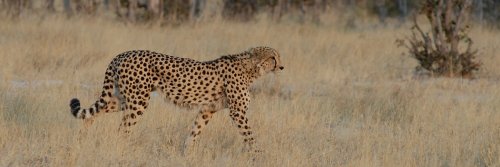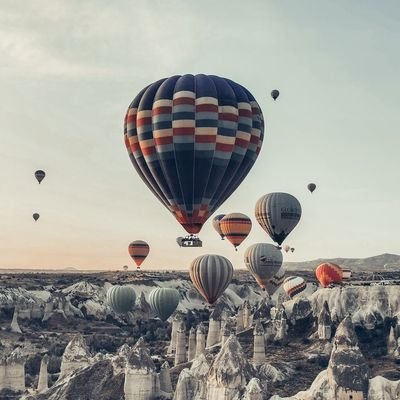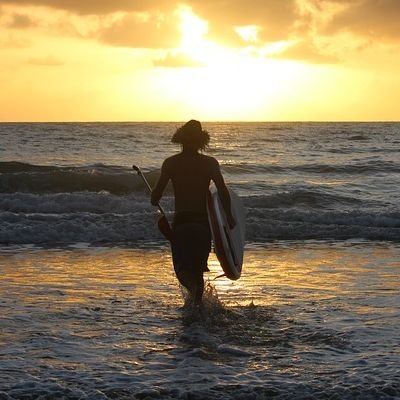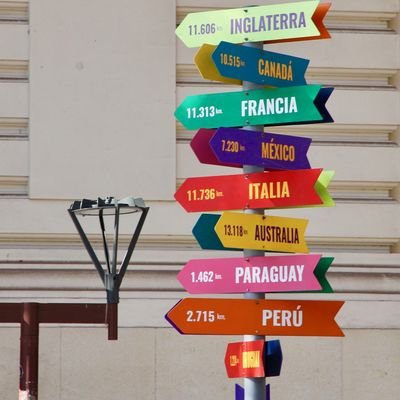By day, watch a lion pride sleepily stretch out under a tree, elephants playfully bathing in the Chobe River as the National Park has the largest population of elephants in the whole of Africa, and maybe a cranky hippo feeling hemmed in by other hippos in the water charges the close invader with massive teeth barred; while on the riverbank male kudu majestically bearing large spiraled horns strut their stuff in front of the small groups of female kudu. Warthogs wallow in the shallows with cheeky oxpeckers perched on their backs pecking away for a snack of ticks or parasites, and carefully dodging the snouts of prehistoric Nile crocodiles. Vervet monkeys chatter and groom each other in huddles, and giraffes peek from behind trees as they chew the leaves.

After a thirst-quenching sundowner and a delectable dinner, the night's orchestra will begin—frogs croaking like a constant percussion instrument, the pulsating drone of cicadas, the low rumble of an elephant, snorting hippos, and the hysterical laughter of a hyena interrupt the heavens blanketed in stars. Between December and April, the rain brings a sense of relief with a fresh scent infusing spectacular skies that morph repeatedly from sunny to cloudy over a land swollen with water. During the dry months, May to November, a musky and earthen scent floats on the air, smothering the sunbaked earth and sending animals en masse to watering holes and rivers in a congregation of thirsty beasts. During this season, the zebras in their black and white stripes gather around the Chobe River floodplains until the rains come when they migrate to the Nxai Pan National Park.
Covering about 4300 square miles, Chobe National Park sits in the north of Botswana, linking the Okavango Delta via wildlife corridors to the north-east of the country's protected areas. It's accessible from Zambia, Namibia, and Zimbabwe and only 100 km to the iconic and gushing Victoria Falls perched on the border of Zimbabwe to the south and Zambia to the north. The park is a heaving mass of nature’s creatures where ticking off the Big Five is usually assured. A wonderland for bird watchers, it's home to herons, hornbills, egrets, pelicans, and African Skimmers, all fluttering over lily-strewn waterways in expansive landscapes.
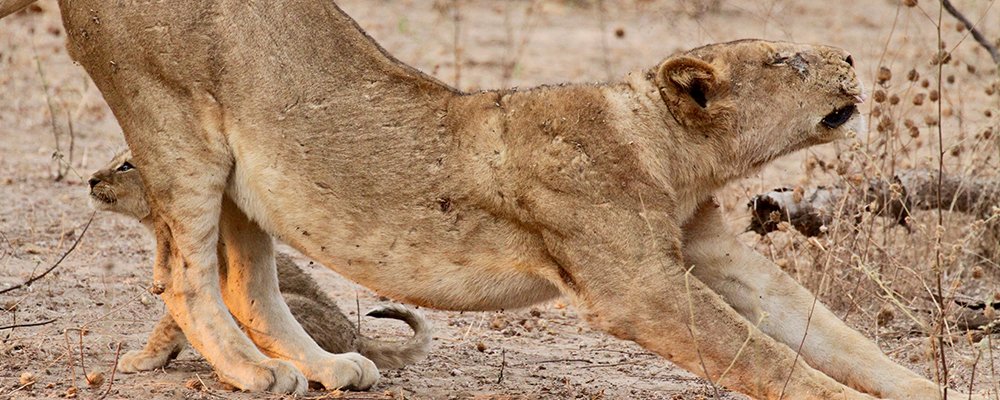
The wildlife on show at Chobe National Park is some of the best in Africa, as it's the third-largest park in Botswana, established in 1960. Overrun with exceptional big game concentrations, this is not the park for walking safaris due to its conglomerate of predators—about 28 carnivore species—these opportunistic killers play an essential role in the park's ecosystem, with many secretive and nocturnal when on the hunt. Instead, getting around the park is a wild ride in jeeps or boats after leaving the sanctuary of your lodge. During the dry season, the Chobe Riverbank is nature's wild theatre. Predators and prey warily skirt around each other in a game of deadly chance. Lion prides hang around the riverfront, a prime killing ground when prey come down to drink. Their spine-chilling roars can be heard up to 8 km away. The elusive and solitary leopards camouflage themselves, perching on tree branches while patiently waiting for prey. Their long and lean bodies can reach speeds up to 36 mph. At the same time, their cunning stealth when pursuing a meal epitomizes nature's somewhat cruel dance of death, as they can take down animals much larger than themselves.
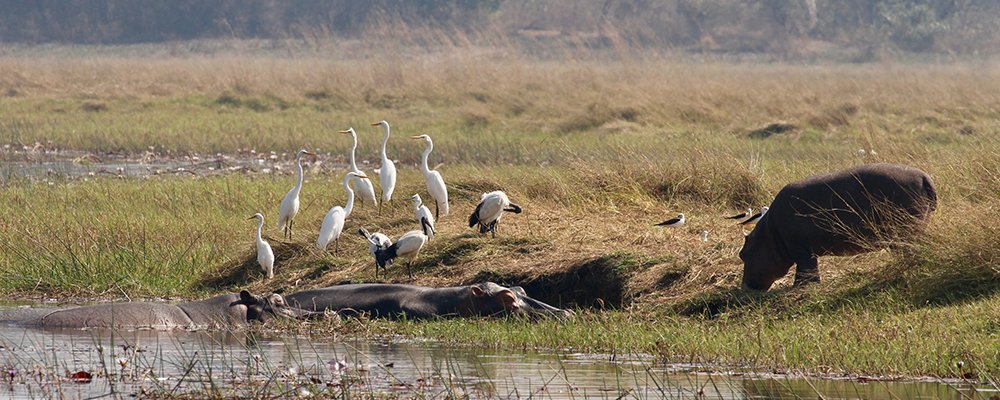
Chobe National Park has two species of hyenas; the spotted hyena and the brown hyena. The rarely seen brown hyenas often indulge in the leftovers of a lion kill, plus dining out on any small prey they may catch. If luck is on your side, you may see a glimpse of the fastest animal on land, the cheetah, but don't hold your breath to witness the running speed of this elusive animal that hangs out in the treetops. The endangered African wild dog may appear, as Botswana has one-third of all the dogs left on the planet. Chobe National Park has a large share of this precious four-legged and bushy-tailed critter. They tend to inhabit the woodlands and grasslands of the national park.
There are numerous safari lodges offering accommodation: the eco-friendly Ghoha Hills Lodge with a 180-degree view over the savannah and a busy waterhole, the Belmond Savute Elephant Lodge that's a safari glamping experience ridiculously delicious and decadent, or a lodge to dream about as it was the first lodge created and sits in the national park, the iconic Chobe Game Lodge.
Gail Palethorpe, a self proclaimed Australian gypsy, is a freelance writer, photographer and eternal traveller. Check out her website Gail Palethorpe Photography and her Shutterstock profile.

